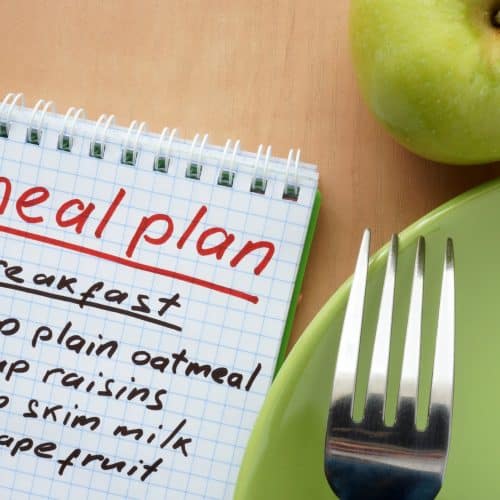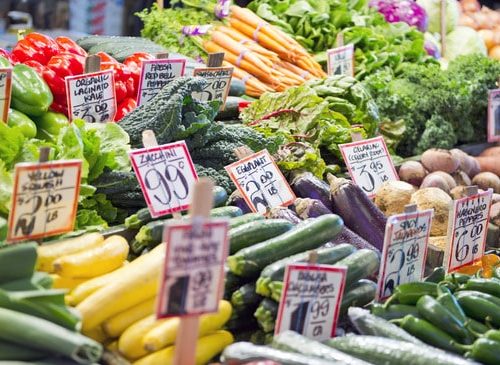A High-Fiber Diet Can Help Weight Loss
Common barriers for individuals that are reducing their caloric intake to lose body weight is that they feel hungry and also don’t feel like they have enough food to eat. While reducing the portion size and how often you eat certain foods may help you on your journey, there are also strategies that help reduce these barriers. High fiber foods can be a great way to provide plenty to eat. Some fibers are found in foods, like fruits and vegetables, which are not calorie-dense so you can eat more of them. Others help my making you feel full for longer.
- If you eat a carbohydrate-heavy breakfast, look for a high fiber cereal (hot or cold) and substitute multi-grain or high-fiber waffles, pancakes, or bread for your plain varieties.
- While eating breakfast can prevent you from overeating later in the day, people averse to eating early in the morning may be able to start the day with fiber in a great tasting beverage. A smoothie with frozen fruits and ice can also provide a largely sized beverage that can be enjoyed during a commute.
Try some of these recipes:Raspberry Peach Smoothie
Paradise Smoothie
Blueberry Mango Smoothie
Mago Ginger Smoothie
Raspberry Banana Smoothie
Fruit SmoothieAnother option is to add a clear and taste-free fiber to your morning beverage or even a fiber supplement in a traditional supplement form. These can be added to your coffee, water or juice while other fibers have texture and can boost the texture of a smoothie.
- Consider selecting the high fiber option of your favorite grain-based foods and adding more fiber to them. For example, substitute regular pasta for high-fiber pasta and make a pasta salad with plenty of vegetables. While a 2 oz. serving of dried pasta (3/4 cup) doesn’t sound like much, adding veggies like broccoli, asparagus, tomatoes, carrots, olives, and mushrooms can quickly stretch the serving and help you feel full.
- Dried fruits can be a wonderful, portable snack to reduce the urge to eat something less filling. Freeze-dried fruits can be more satisfying because they maintain their bulky appearance but are still convenient to stash anywhere you may have the urge to eat. Fresh fruits can be a better option for those who feel they aren’t eating enough. For example, ¼ cup of raisins and 1 cup of grapes both provide a similar amount of calories but you may enjoy more bites from the fresh fruit. Frozen varieties offer availability without having to worry about wasting food that has been in the refrigerator for too long.
- Add vegetables rich foods to your rotation of entrees. Bean-based chili, vegetable-laden lasagna, and burgers that include mushrooms and onions in the patty are all hearty entrees. Adding a serving of broiled or grilled protein, including lean beef, fish, pork, or a hard-boiled egg, to a salad of leafy green vegetables can also help provide a plate full of food that will keep you from feeling hungry.
Lastly, it’s important to focus on eating until you no longer feel hungry rather than feeling full. While that distinction may sound minor, finishing your meal or snack when you are no longer hungry can help prevent you from overeating to the point where you are uncomfortable and “feeling full”. If you dread the potential gas from high fiber foods, simply remember that weight management is a journey and you can ease into eating a diet with enough fiber over time. Some people do not have any problems while others with particularly low fiber intakes may need a few weeks to add fiber into their diet





